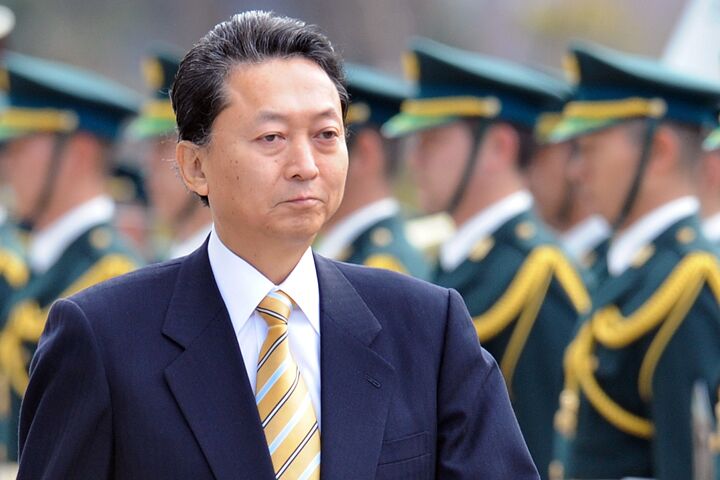
Thousands March in Tokyo for an End to U.S. Military Presence
Thousands of angry citizens from across Japan marched through the streets of Tokyo on January 30 to protest the continued U.S. military presence on Okinawa. Cabinet minister Mizuho Fukushima reassured the protesters that she would fight to get the military base off the island.
Since the end of the Second World War, the U.S. has maintained a military presence in Japan. At present, there are around 47,000 U.S. soldiers stationed throughout the country, more than half of which are at the Futenma Air Station located on the southern island of Okinawa.
A growing number of Japanese see the U.S. military base as a major source of noise, pollution and crime in the area. There have been several instances of U.S. soldiers committing violent crimes around the base, such as the raping of underage girls. Opponents are getting louder in their demands for the base to be removed, as demonstrated by Saturday’s protest.
In 2006, Tokyo and Washington agreed to relocate the Futenma facility to a less populated area on Okinawa, but an increasing percentage of the public wants the base completely shut down.
This protest in Tokyo is only the latest outburst in a growing trend among the Japanese. Polls show that a clear majority of Japanese want a total end to the U.S. military presence in Japan.
When the Democratic Party of Japan (dpj) came to power in August of 2009, it took over from a party that had ruled Japan almost uninterrupted for nearly 60 years. The dpj promised to change Japan’s “passive” behavior in dealing with the U.S. and to focus on aligning Japan with other Asian powers. This new government is re-examining the 2006 agreement to relocate the U.S. military base, but Prime Minister Yukio Hatoyama has repeatedly postponed a final decision on the subject.
Hatoyama is anxious to reduce Japan’s reliance on the U.S., and he is under rising pressure not only from the public but also his more nationalistic political allies to kick the U.S. out. Mizuho Fukushima, the leader of his coalition partner, the Social Democratic Party (sdp), said that her party may quit the coalition if Japan allows the U.S. to stay in Okinawa.
“The cabinet is saying that it will announce its conclusion in May. For this reason, over the next few months we must put all of our energy into achieving victory,” Fukushima said at the demonstration. Many protesters responded with shouts of approval. Without the sdp, Hatoyama loses his majority in Japan’s upper house and would be unable to pass legislation.
Hatoyama campaigned on goals of reducing U.S.-led globalization and thoroughly reviewing the U.S. military presence in Japan. The Japanese public is now calling on him to follow through on his campaign promises.
Whatever Hatoyama decides on this specific issue, the controversy surrounding it provides evidence of the changing relationship between the U.S. and Japan.
The U.S. can no longer count on Japan’s unwavering support. Watch for the Japanese to edge the U.S. out of their country and focus on strengthening their own militarily might and their commitment to their Asian neighbors. For more about the transforming political landscape of the Land of the Rising Sun, read “Japan’s Reorientation.”
